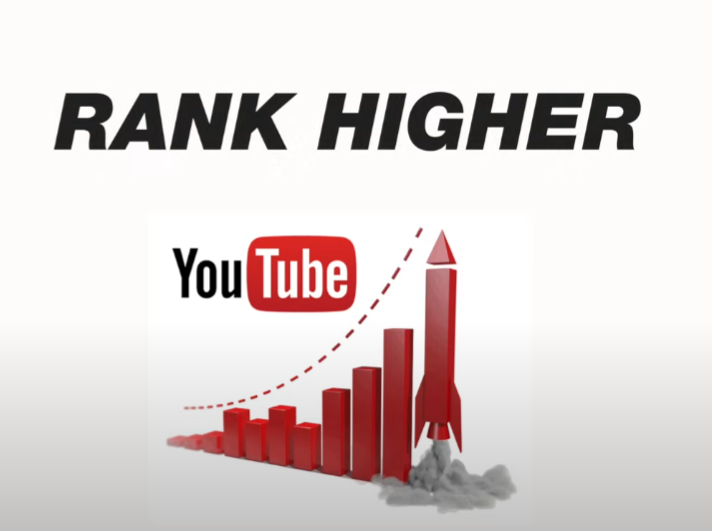YouTube's algorithm has evolved dramatically in recent years, making traditional SEO tactics obsolete while rewarding creators who understand modern ranking factors. With over 3 million videos uploaded daily, standing out requires more than keyword stuffing and tag manipulation—it demands a strategic approach combining content quality, audience understanding, and platform optimization. This guide reveals what actually works in 2025 to rank higher in YouTube search, gain more views, and grow your channel organically based on current algorithm behaviors and proven creator strategies.

Modern YouTube SEO Fundamentals
Research Before Recording
The foundation of successful YouTube SEO begins before you press record. Keyword research remains crucial but serves a different purpose than in early YouTube days. Rather than chasing search volume alone, smart creators now validate audience demand and intent through:
YouTube Autocomplete: Start typing topics in YouTube's search bar to reveal real queries. For example, searching "walking pad" suggests related searches like "walking pad review" or "walking pad treadmill," indicating audience interest.
People Also Ask: Google's question boxes reveal specific information needs. Questions like "Are walking pads good for weight loss?" directly inform content creation opportunities.
In 2020, 77% of respondents reported using YouTube to learn new skills—underscoring the platform's role as an educational resource.
Long-Tail Keyword Targeting
Specificity wins in today's crowded YouTube landscape. Long-tail keywords (phrases with 3+ words) attract more qualified viewers with higher intent. Compare these approaches:
"Best Camera" (too broad) vs. "Best Budget Camera for YouTube Beginners 2025" (specific and searchable)
Tools like vidIQ analyze keyword difficulty and search volume, helping identify underserved topics with adequate demand. For example, "walking pad C2 review" might have lower competition than generic walking pad searches while attracting buyers ready to purchase.
Content Optimization That Works
AI-Friendly Video Structure
YouTube's algorithm now scans multiple content dimensions using machine learning:
Spoken Words: Auto-generated captions inform YouTube about your video's topics.
On-Screen Text: Slides, graphics, and edited text contribute to content understanding.
Visual Elements: Recognizes objects, faces, locations, and even emotions.
Audio Analysis: Detects music, tones, and background sounds.
This means creators must develop videos with clear educational value that YouTube's AI can easily categorize and recommend to interested viewers.
Engagement-First Metadata
While keywords remain important, click-through rate (CTR) and watch time dominate ranking factors. Optimize titles and thumbnails for human psychology first, then incorporate keywords naturally:
Avoid: "Best SEO Tips YouTube SEO Strategy for Ranking Videos" (keyword-stuffed)
Prefer: "I Tried This Viral Walking Pad—Is It Worth It?" (curiosity-driven)
Descriptions should provide value beyond keyword repetition. Tools like vidIQ's AI description generator help craft natural-sounding descriptions that include target keywords without stuffing.
Outdated Tactics to Avoid
Tags and File Names Don't Matter
YouTube has minimized the impact of technical SEO elements that once seemed crucial:
Tags: Minimal ranking influence; focus instead on competitor content analysis.
File Names: YouTube scans video content directly—renaming files provides no SEO benefit.
Description Stuffing: Repeating keywords harms readability without improving rankings.
Embedded Views: External embeds don't boost rankings unless they drive engaged viewers.
The Danger of Fake Engagement
Purchased views, likes, or comments create multiple problems:
"YouTube's AI detects inorganic traffic patterns, potentially leading to demonetization or channel termination."
Instead, focus on organic growth through quality content and strategic promotion to relevant communities where your target audience already gathers.
The 2025 YouTube Ranking Factors
| Factor | Importance | Implementation |
|---|---|---|
| Watch Time & Retention | Critical | Create engaging content that keeps viewers watching |
| Click-Through Rate | Critical | Test thumbnails and titles that drive clicks |
| Viewer Engagement | High | Encourage comments, likes, and shares |
| Search & Suggested | High | Optimize for both search queries and recommendations |
| AI Understanding | High | Structure content for machine readability |
| Chapters & Descriptions | Medium | Add timestamps and detailed video information |
| Personalization | Medium | Create content series that keep viewers on-platform |
| External Traffic | Medium | Promote to relevant communities driving engaged viewers |
| Freshness | Medium | Update evergreen content and cover trending topics |
| Consistency | Medium | Maintain regular upload schedule |
Successful YouTube SEO now requires balancing algorithm understanding with authentic audience connection—technical optimization alone cannot compensate for unengaging content.
